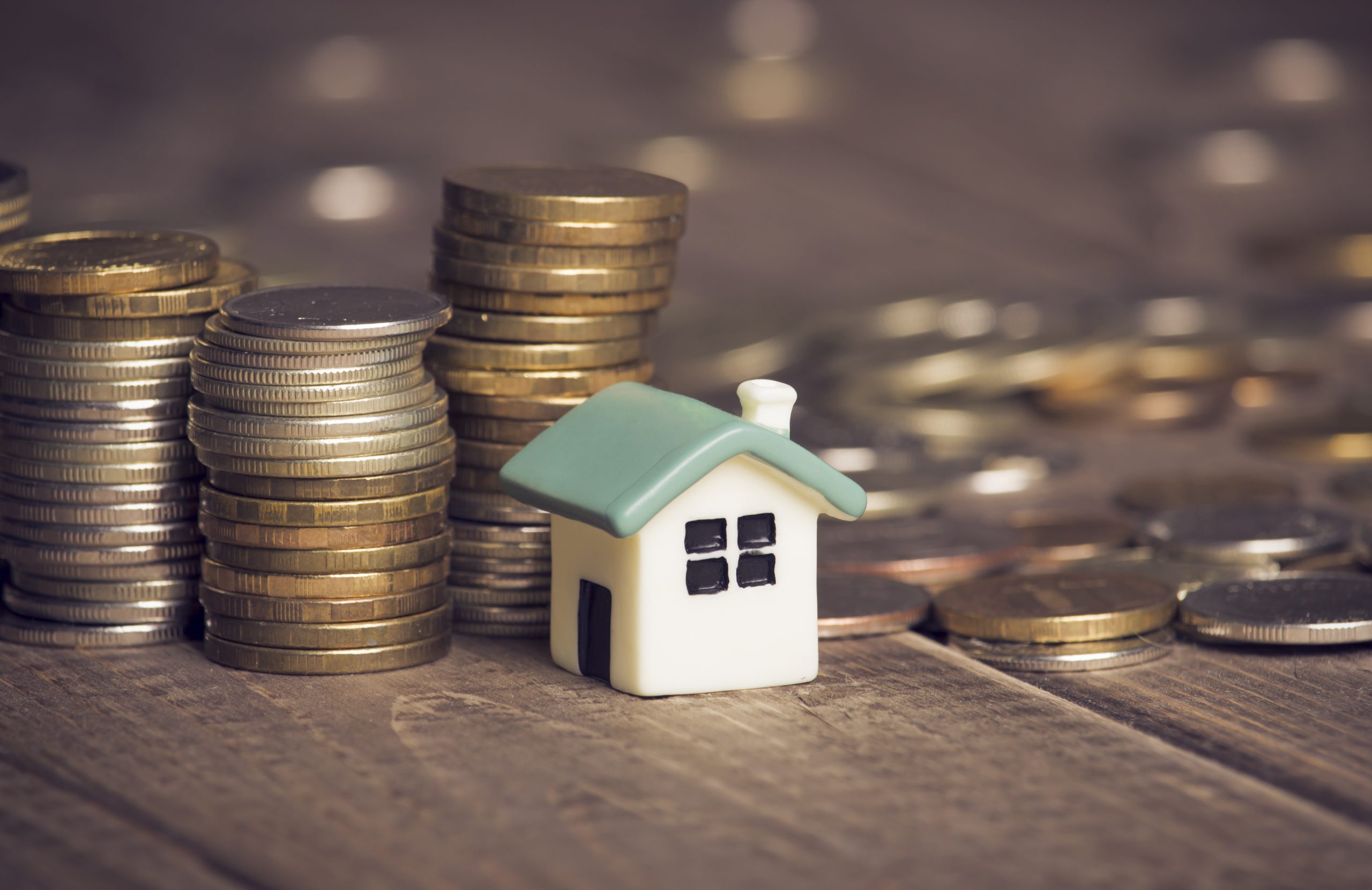First-time Buyer
Two-year fixed rate trebles from last year’s low

Guest Author:
Samantha DownesThe average rates of the top 10 lenders’ two-year fixed rates have trebled since the low of last October.
The average lowest two-year fixed rate in June came to 2.71% while the average five-year fixed rate rose to 2.78%.
This is an increase of around 0.35% compared to the previous month, the second biggest monthly rise this year, according to L&C’s Remortgage Tracker.
It is also up from the “historic lows” of October, when an average two-year fixed rate was 0.89% and the average five-year fixed rate was 1.05%.
L&C said a borrower taking a typical £150,000 repayment mortgage over 25 years would face monthly payments £125 to £130 higher than at the previous low in October, adding up to a total of £1,500 more per year in payments than at last year’s low point.
However, the broker pointed out that fixed rates were still relatively low in historical terms and were much lower than the average standard variable rate (SVR). It said this stood at around 4.51% as recent base rate rises feed through to lenders’ reversionary rates.

Wellness and wellbeing holidays: Travel insurance is essential for your peace of mind
Out of the pandemic lockdowns, there’s a greater emphasis on wellbeing and wellness, with
Sponsored by Post Office
Switching from the SVR to the average two and five-year fixed rates could cut typical monthly mortgage payments by £140, slashing annual outgoing by more than £1,680. That saving could increase further if the Bank of England continues to raise rates, as many anticipate.
David Hollingworth, associate director at L&C Mortgages, said: “The rate at which mortgage rates have been moving has been astonishing and many lenders have continued to make changes to their rates week in week out, making it difficult for borrowers to keep tabs on the market. With the cost of living continuing to rise, mortgage borrowers will be hoping that the Bank of England will decide to ease off but it makes sense to plan for more increases.
“With so many cost increases impossible to avoid, the mortgage remains an area where households can take positive action. Fixed rates understandably appeal to those looking to put some certainty into their single biggest outgoing. We’ve seen more borrowers looking to secure a rate further ahead of the end of their current deal, in an effort to get ahead of the increases.”
He added: “As the cost of living rises and lenders feed rate increases through into their affordability calculations, it will be important for borrowers to make the right choice from a criteria perspective as well as focusing on the best rates.”